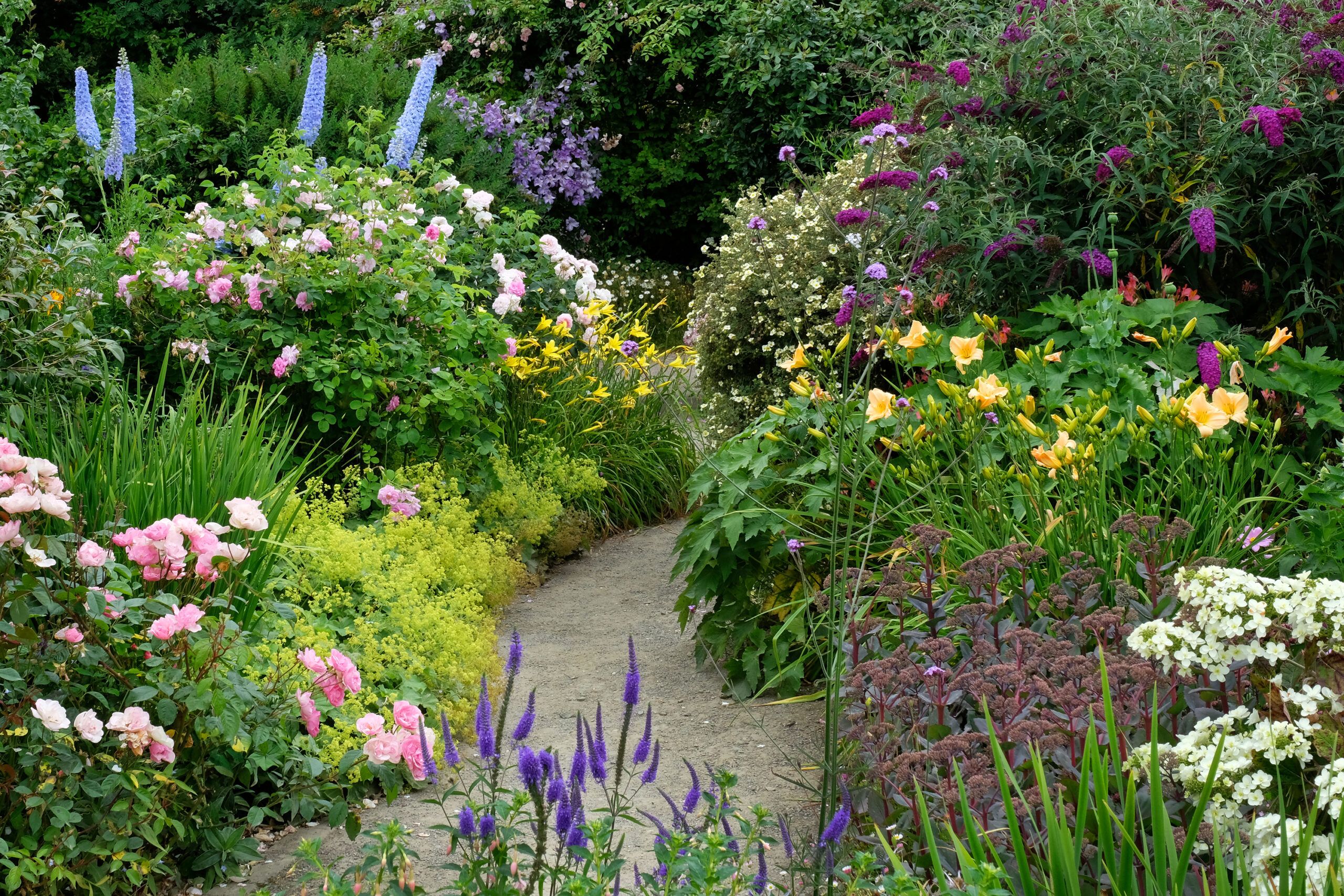Not all popular plants deserve a spot in your yard. Some seemingly innocent shrubs and flowers are aggressive invaders, threatening local ecosystems and native wildlife habitats. Not to mention, they’ll take over your garden bed and possibly steal nutrients from other plants. Many of these troublemakers are still widely sold at local and mail-order nurseries, but just because you can buy a plant doesn’t mean you should.
In this guide, we’ll identify common invasive plants and provide some alternatives so you can create a stunning and sustainable garden.
What Makes a Plant Invasive?
An invasive plant is typically a non-native species that escapes the confines of cultivated areas and spreads rapidly in natural environments. These plants often lack natural predators or diseases in their new habitat, allowing them to reproduce and spread unchecked. Characteristics of invasive plants include rapid growth, prolific seed production, and the ability to adapt to various environmental conditions.
The Ecological Consequences of Invasive Species
When invasive plants take hold, they can cause significant damage to local ecosystems. They often outcompete native plants for resources such as sunlight, water, and nutrients. This can lead to a reduction in biodiversity, as native plants and the wildlife that depend on them are pushed out. Invasive species can also alter soil chemistry, change fire regimes, and even modify the physical structure of ecosystems, leading to long-term environmental damage.
Invasive Plants and Alternatives
Below are some of the most common invasive plants in the U.S. with our recommendations for noninvasive alternatives. Note that “zones” refer to the areas where these plants are most likely to thrive, with lower zones being colder climates and higher zones being warmer. You can find your hardiness zone by entering your zip code on the USDA website.
Problem Plant: Rose of Sharon
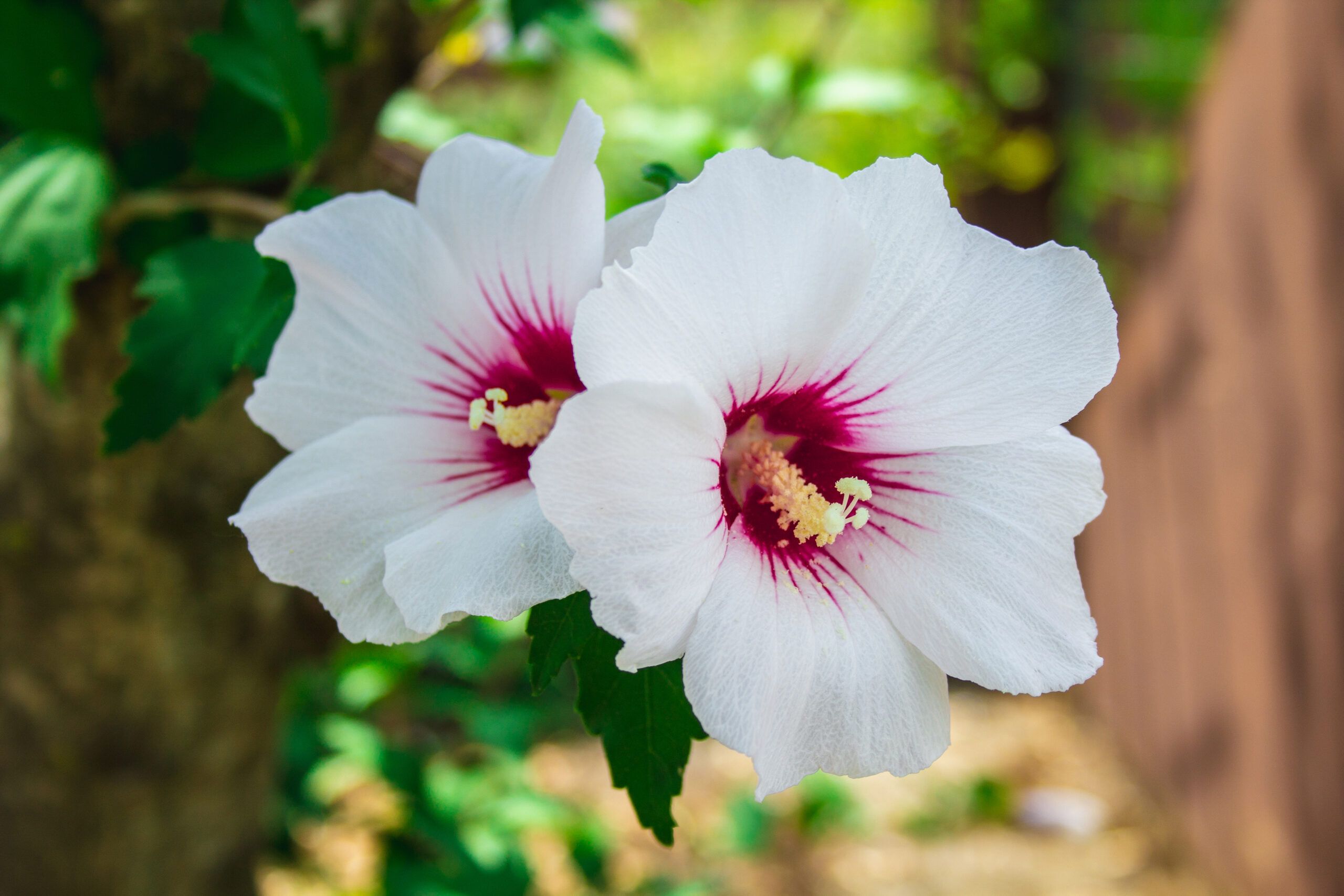
Why it’s popular: Exotic, late-summer flowers
Where it’s trouble: Arkansas, Indiana, Kentucky, Louisiana, Maryland, New Jersey, Pennsylvania, Virginia, West Virginia
Rose of Sharon Alternative: Confederate Rose

Why it’s a standout: Fall is this shrub’s high season, when big ruffled flowers in white and pink tip its branches. Those grown in Zone 8 or colder die in winter but return each spring as full-size shrubs with new shoots 6–8 feet tall.
What it needs: Full sun to partial shade and average soil
Zones: 7–10
Problem Plant: Lantana
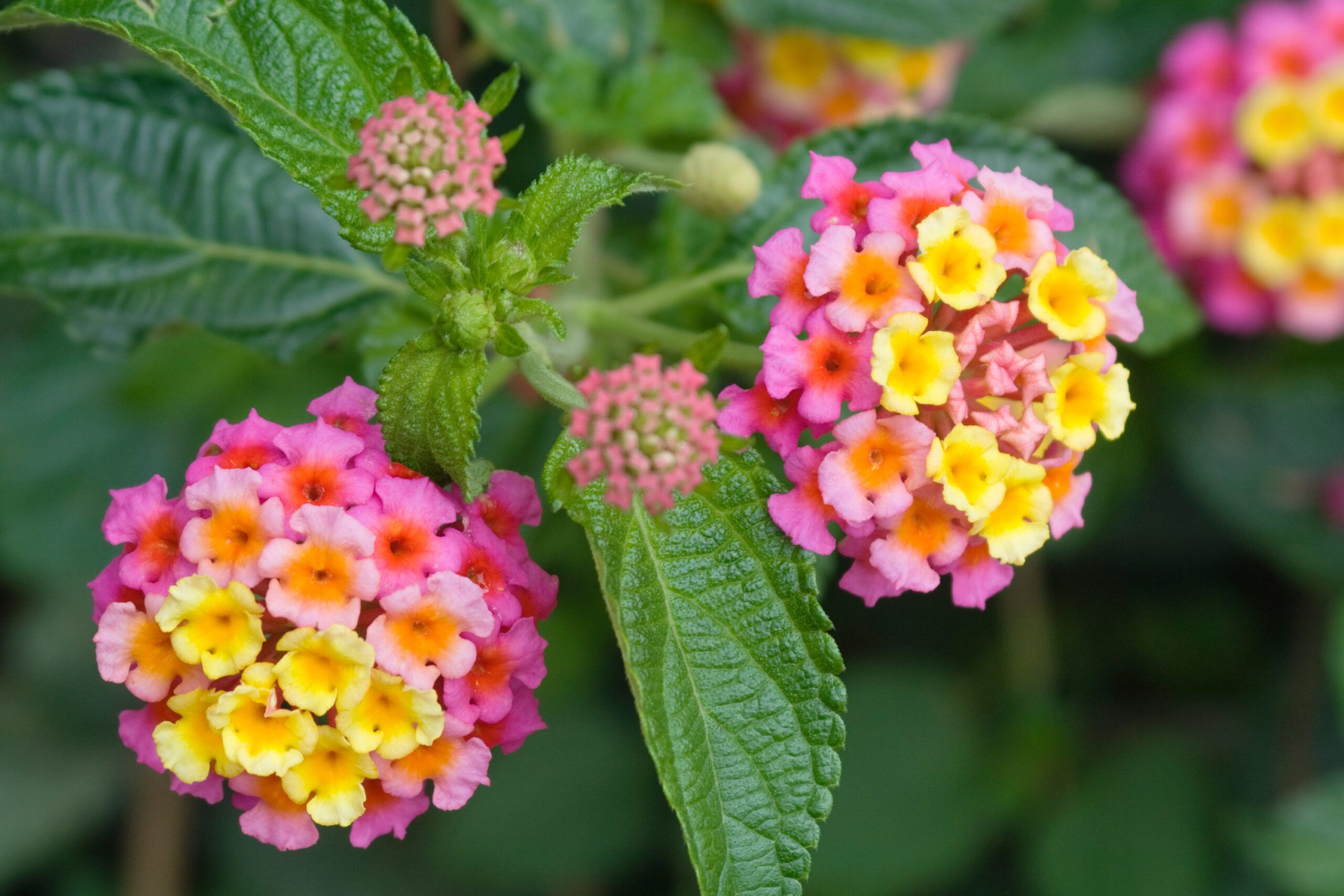
Why it’s popular: Long-lasting flowers in a range of colors
Where it’s trouble: Arizona, Florida, Louisiana, South Carolina, Texas
Lantana Alternative: Lantana, Sterile Cultivars
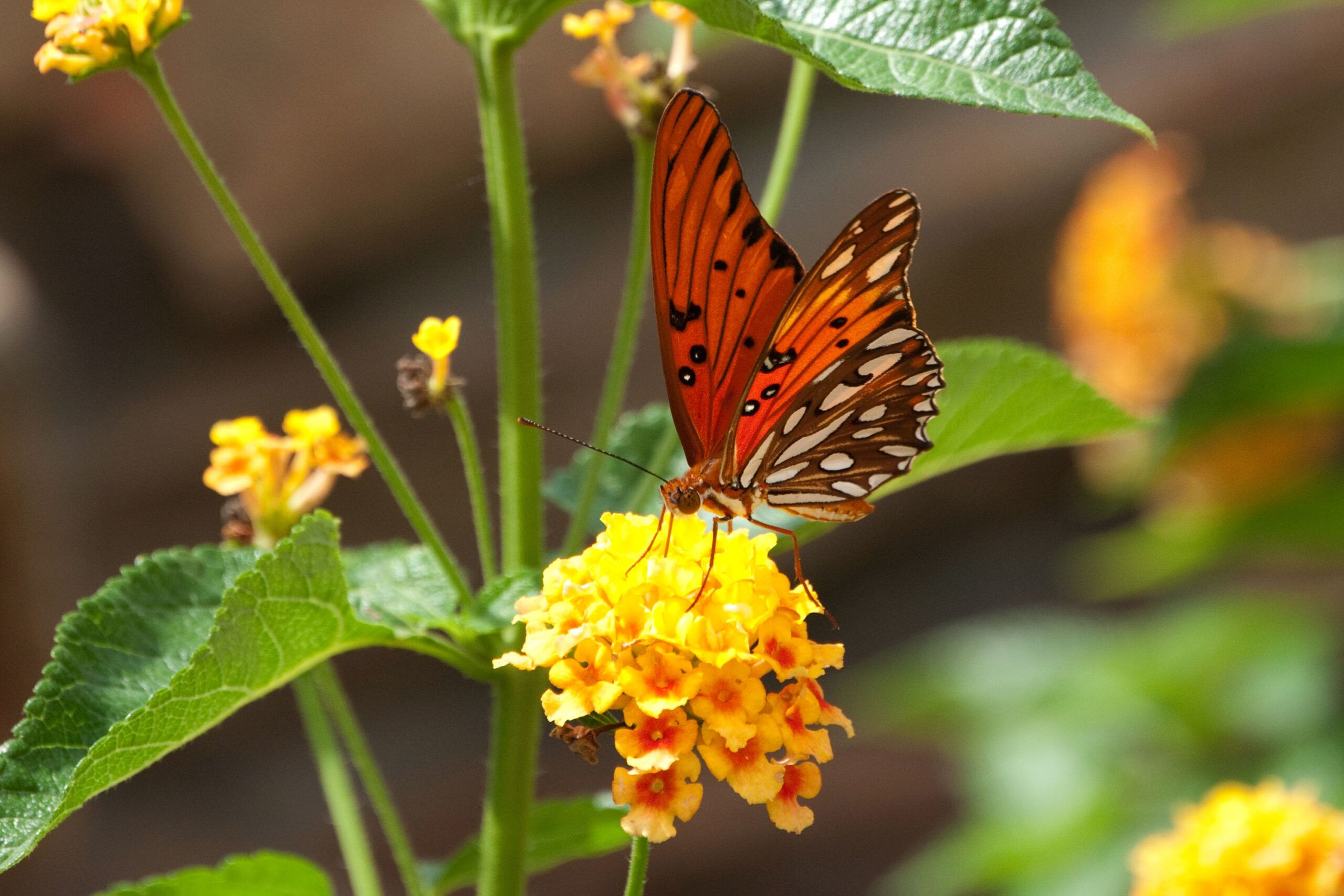
Why it’s a standout: Unlike their self-sowing siblings, new sterile varieties, such as New Gold (shown), won’t spawn seedlings. Growing up to 4 feet tall, these long bloomers attract butterflies and come in a rainbow of hues.
What it needs: Full sun and average, well-drained soil
Zones: 8–11
Problem Plant: Butterfly Bush
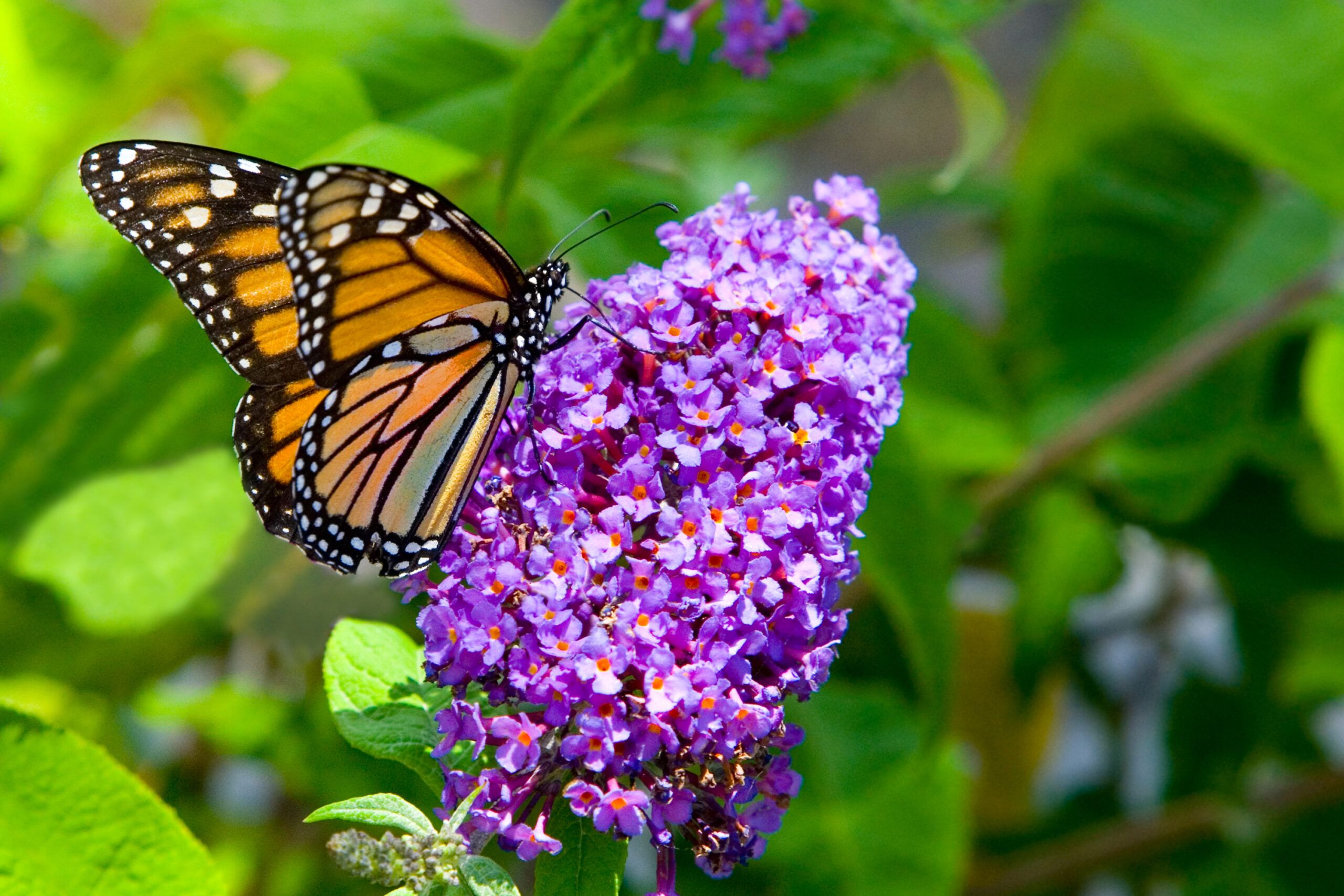
Why it’s popular: Fragrant summer flowers that attract pollinators
Where it’s trouble: California, Connecticut, New Jersey, New York, Oregon, Pennsylvania, Washington, West Virginia
Butterfly Bush Alternative: Korean Lilac
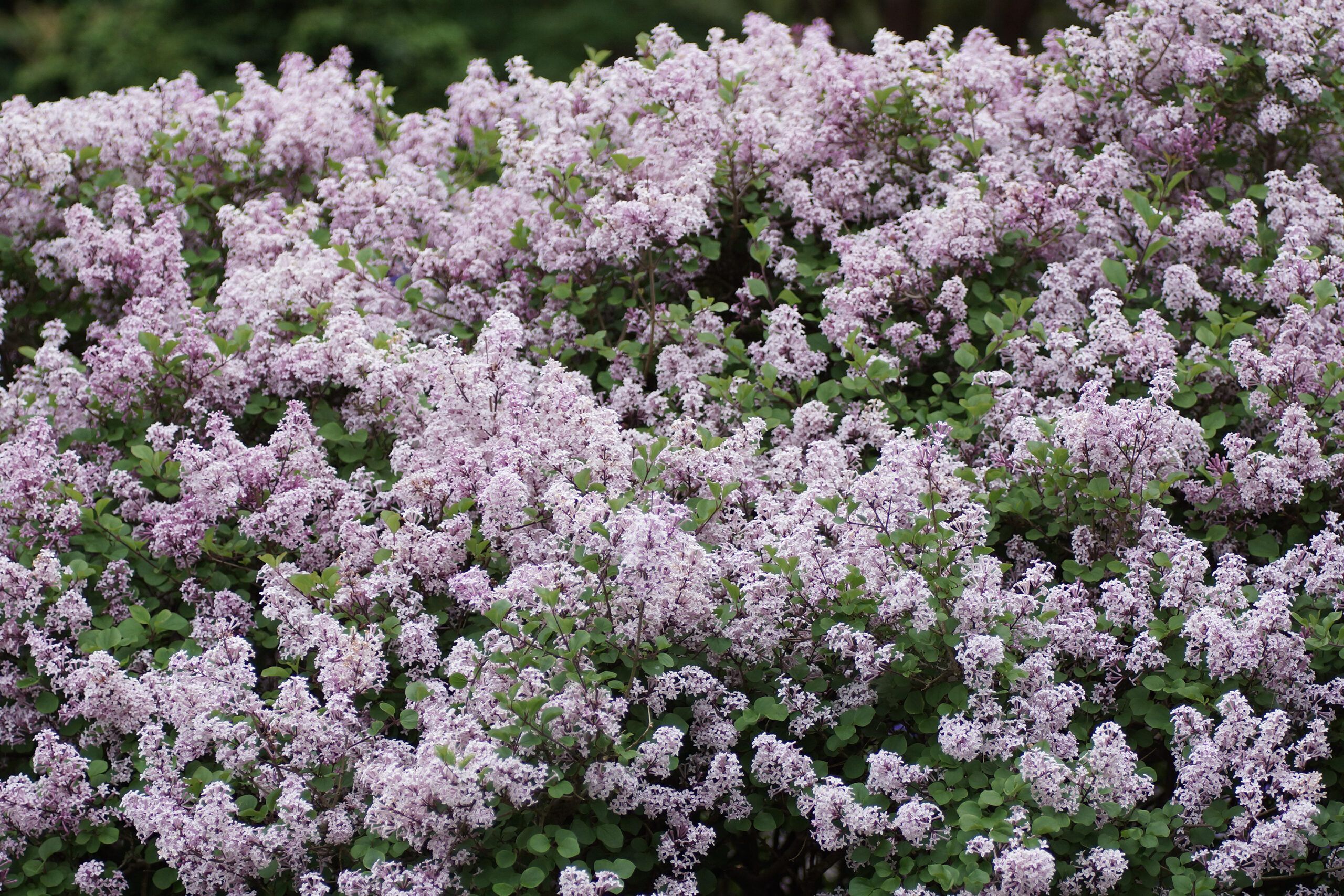
Why it’s a standout: Adored for its rafts of decadently fragrant, lavender-pink flowers, Korean lilac blooms on the cusp of summer (later than most lilacs), making it an excellent substitute for butterfly bushes. It keeps a tidy shape, growing 6–8 feet tall and wide, and wraps up each season with a display of burgundy fall foliage.
What it needs: Full sun and average, well-drained soil
Zones: 3–8
Problem Plant: Burning Bush
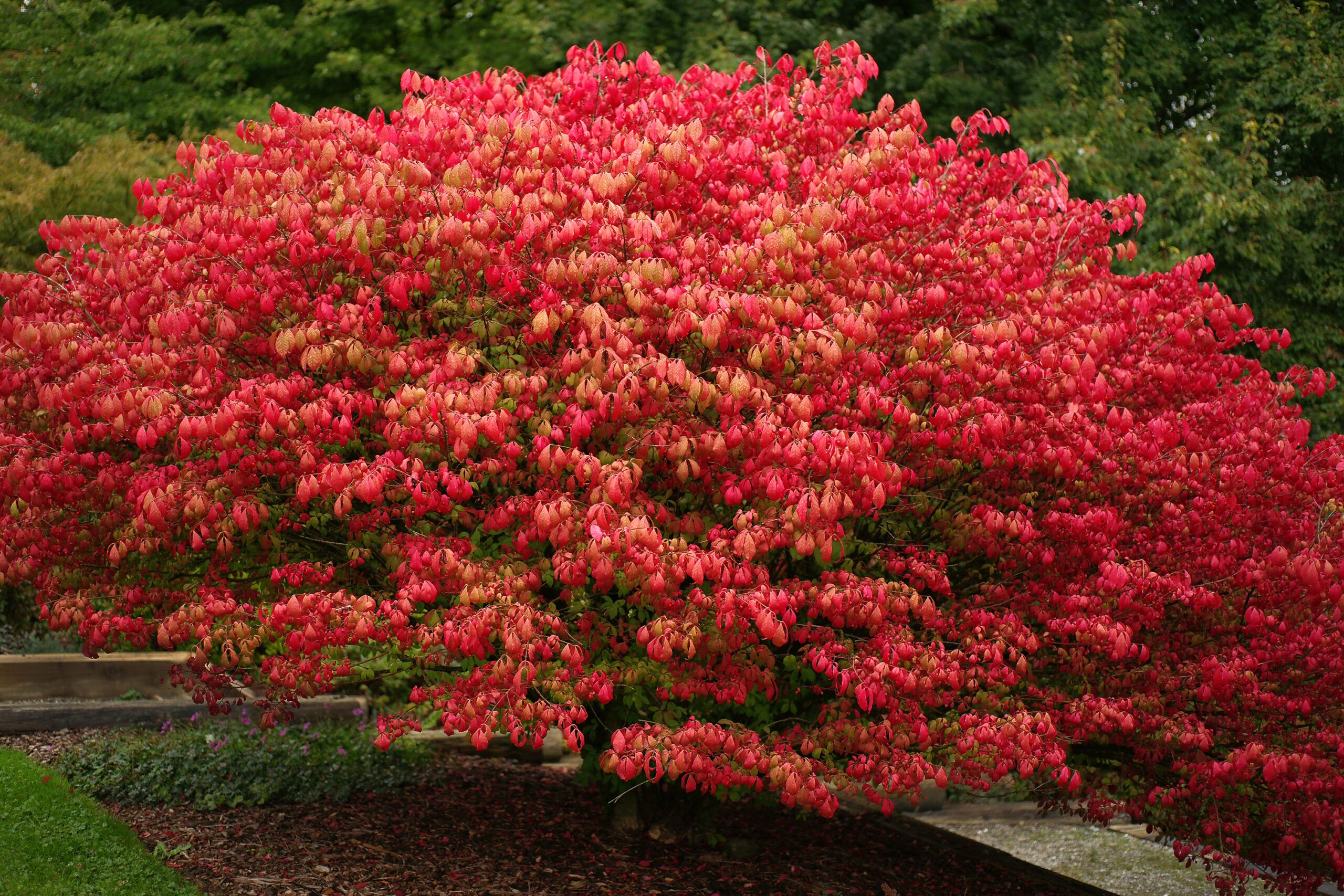
Why it’s popular: Scarlet fall foliage
Where it’s trouble: Connecticut, Illinois, Kentucky, Maine, Maryland, Massachusetts, Minnesota, Montana, New Hampshire, New Jersey, New York, Ohio, Pennsylvania, Tennessee, Vermont, Virginia, West Virginia, Wisconsin
Burning Bush Alternative: Fragrant Sumac
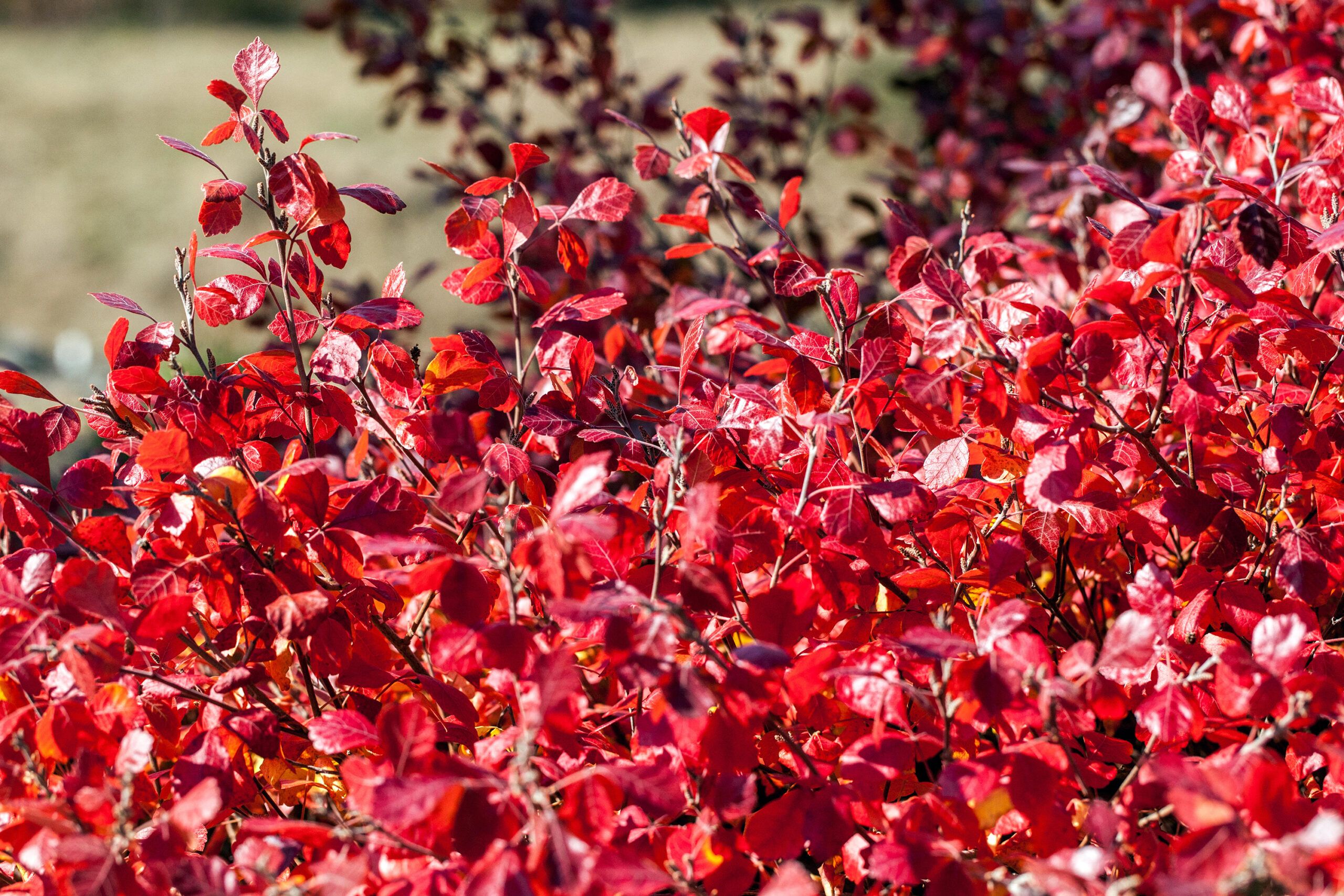
Why it’s a standout: The fall color on this native plant is off the charts. It also dons bunches of cream blossoms in spring. Female plants offer fuzzy red summer berries birds devour. Most varieties grow 2–6 feet tall and will slowly colonize a 6-foot area.
What it needs: Full sun to partial shade and average to dry, well-drained soil
Zones: 3–9
Problem Plant: Barberry
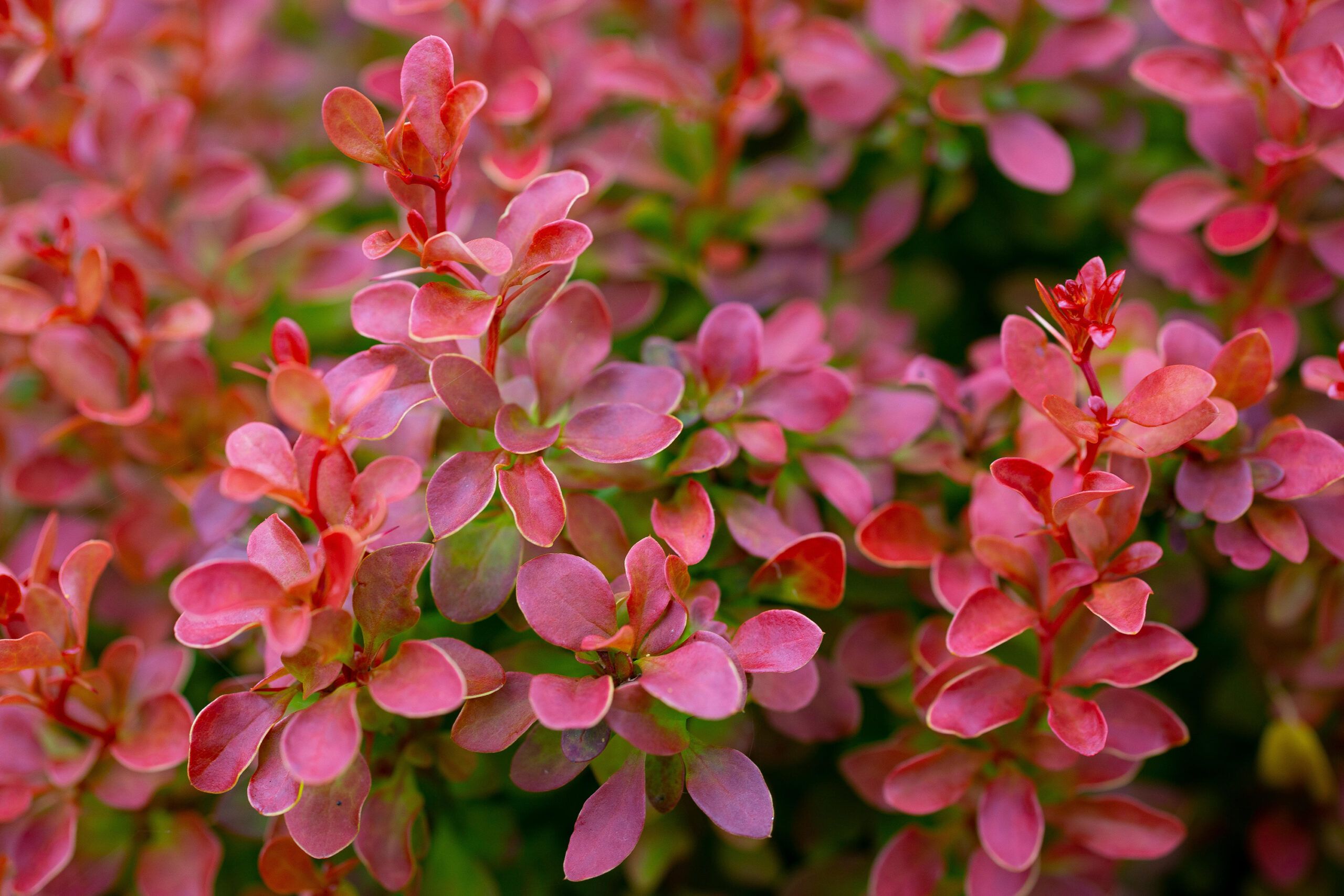
Why it’s popular: Bright red, purple, or gold foliage
Where it’s trouble: Connecticut, Delaware, Illinois, Indiana, Iowa, Maine, Maryland, Massachusetts, Michigan, Minnesota, New Hampshire, New Jersey, New York, North Carolina, Ohio, Pennsylvania, Vermont, Virginia, West Virginia, Wisconsin
Barberry Alternative: Weigela
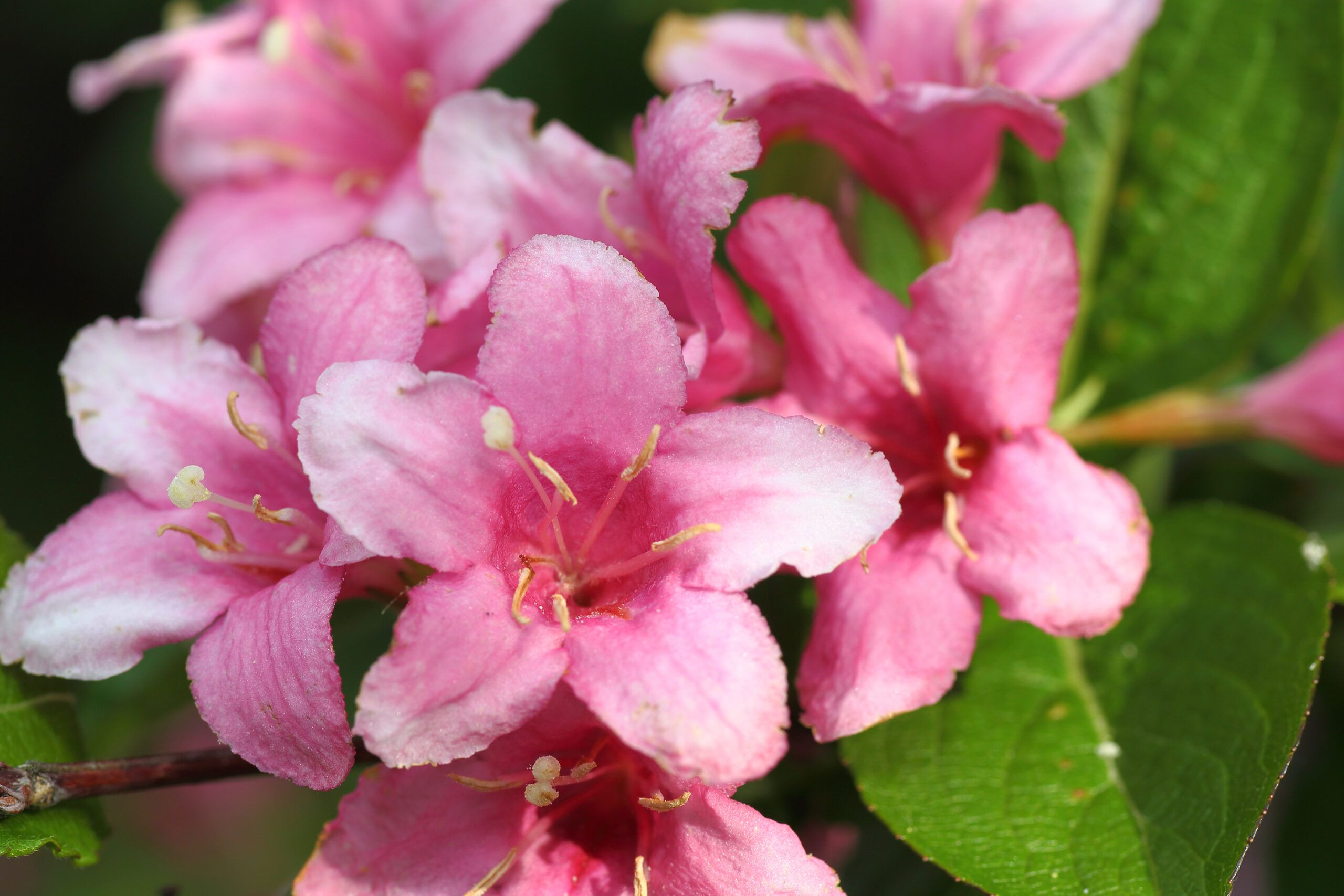
Why it’s a standout: Weigela sports sumptuously colored leaves in shades of red, purple, gold, or cream, depending on the variety. In spring, these beauties produce trumpet-like flowers in a range of pinks. The 5-foot-tall Wine and Roses variety (shown) is a common favorite with magenta blooms, merlot-colored foliage, and a compact, rounded shape.
What it needs: Full sun and average, well-drained soil
Zones: 4–8
Problem Plant: Chinese Privet
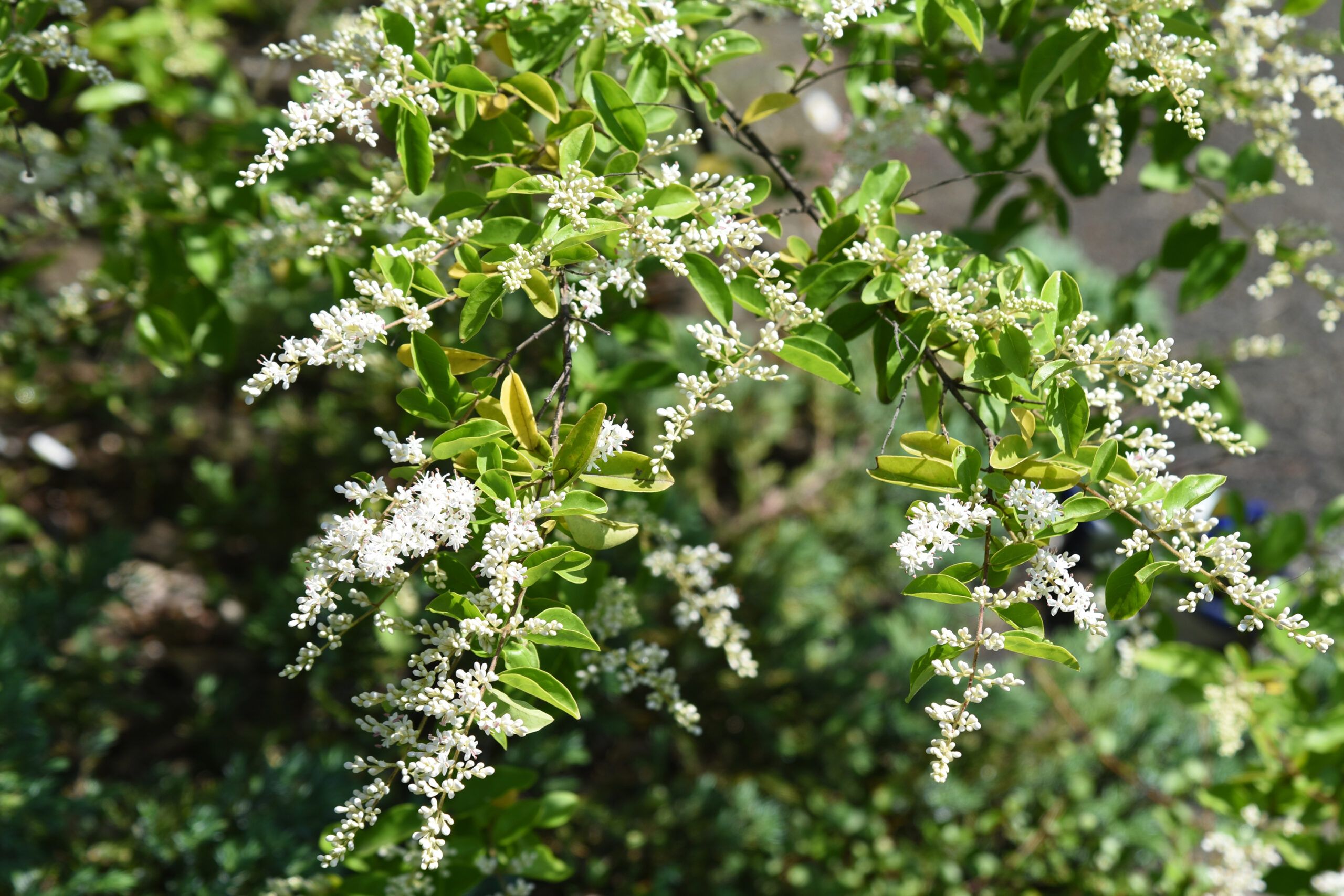
Why it’s popular: Deer-resistant and excellent as a hedge
Where it’s trouble: Alabama, Arkansas, Florida, Georgia, Kentucky, Louisiana, Massachusetts, Mississippi, North Carolina, Oklahoma, South Carolina, Tennessee, Texas, Virginia
Chinese Privet Alternative: Inkberry
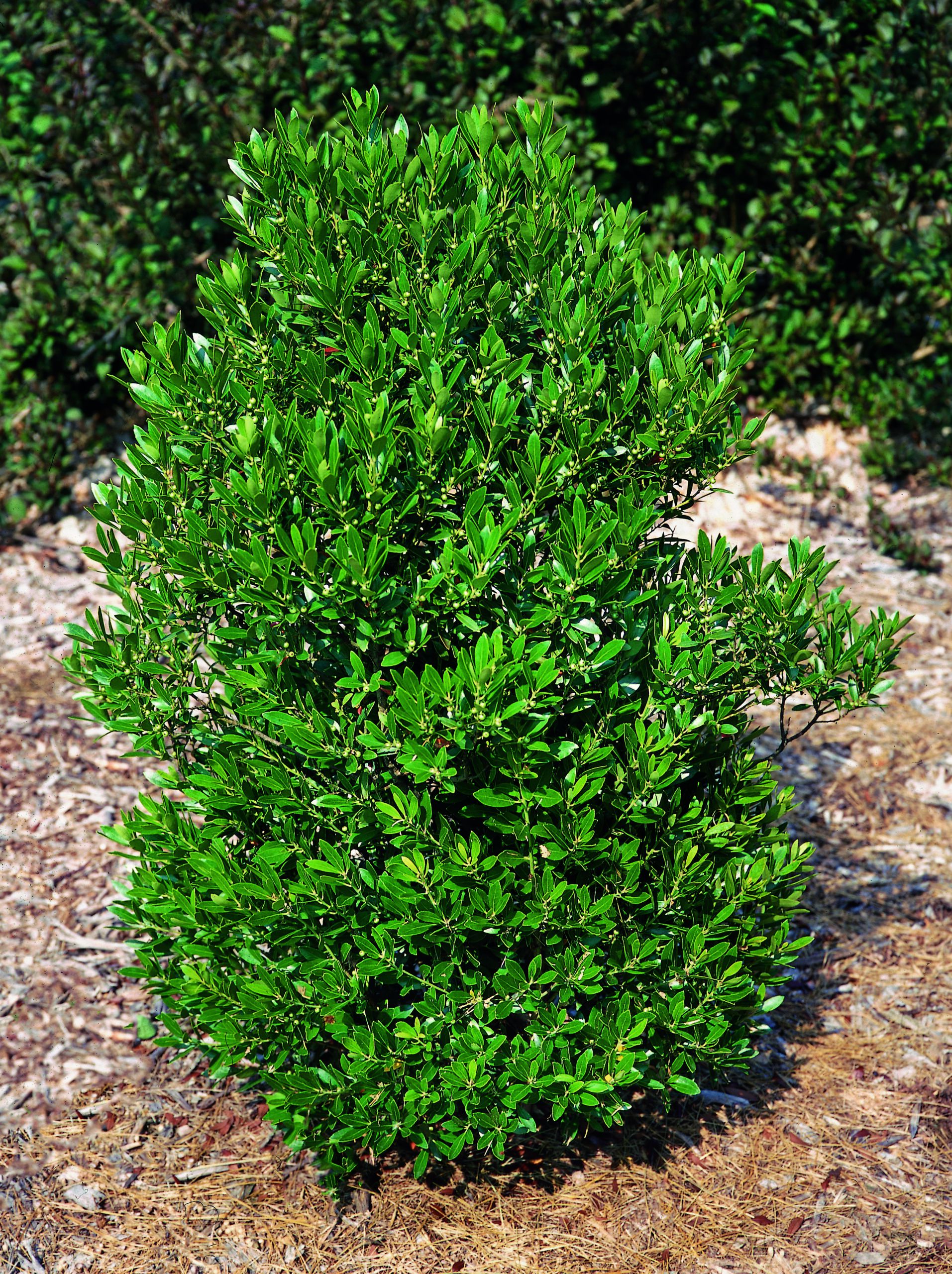
Why it’s a standout: This adaptable native makes a fine evergreen hedge, from 3–8 feet tall and wide. Prune in early spring to keep plants from growing leggy, or select a compact variety, such as Shamrock or Densa. Deer usually leave the foliage alone, while birds go wild in the fall for its black berries.
What it needs: Full sun to partial shade and rich, acidic soil
Zones: 4–9
Problem Plant: Saltcedar
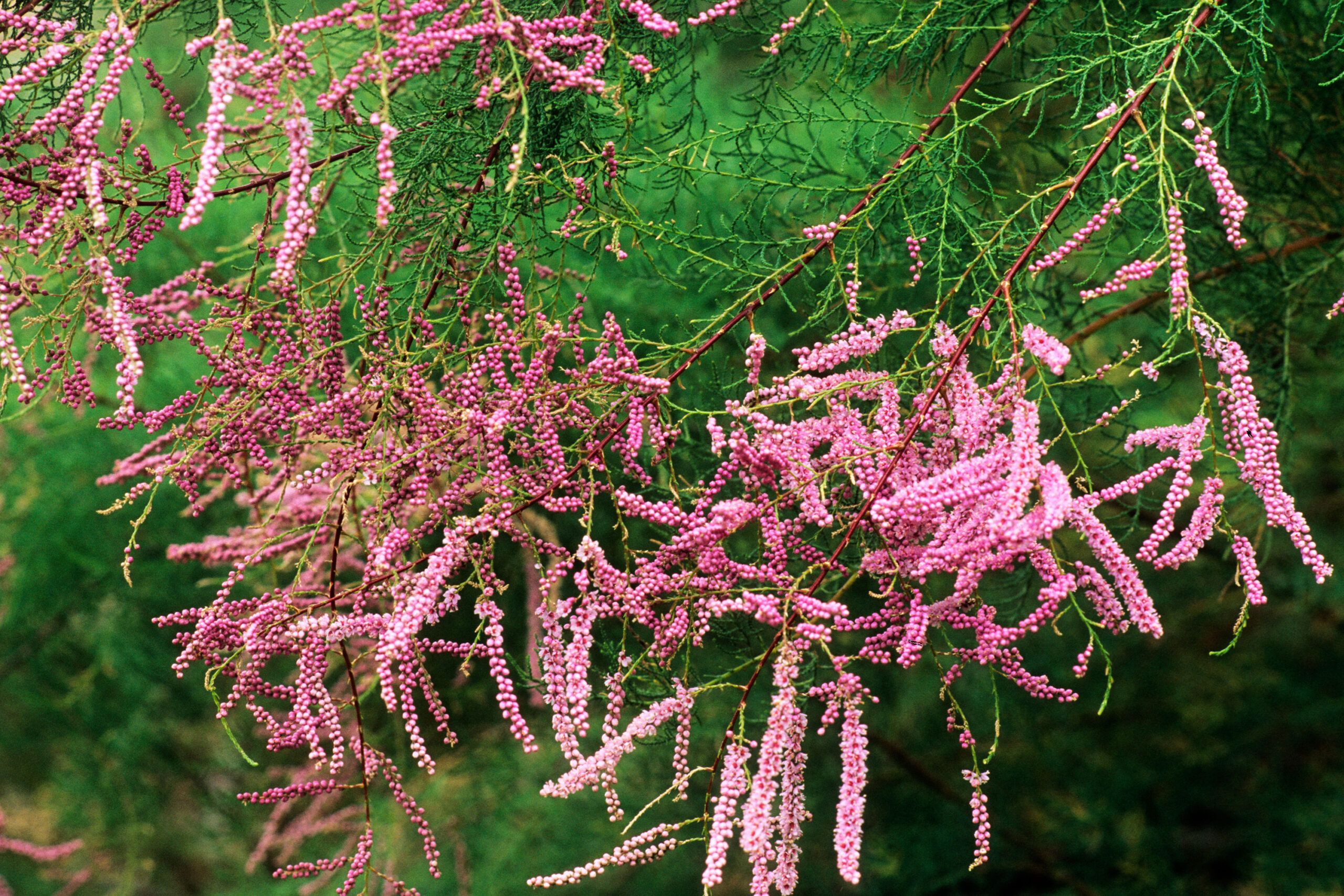
Why it’s popular: Summer flowers and fine-textured leaves
Where it’s trouble: Arizona, California, Colorado, Idaho, Kansas, Nebraska, Nevada, New Mexico, North Dakota, Oklahoma, Oregon, South Dakota, Utah, Washington
Saltcedar Alternative: Smoke Bush
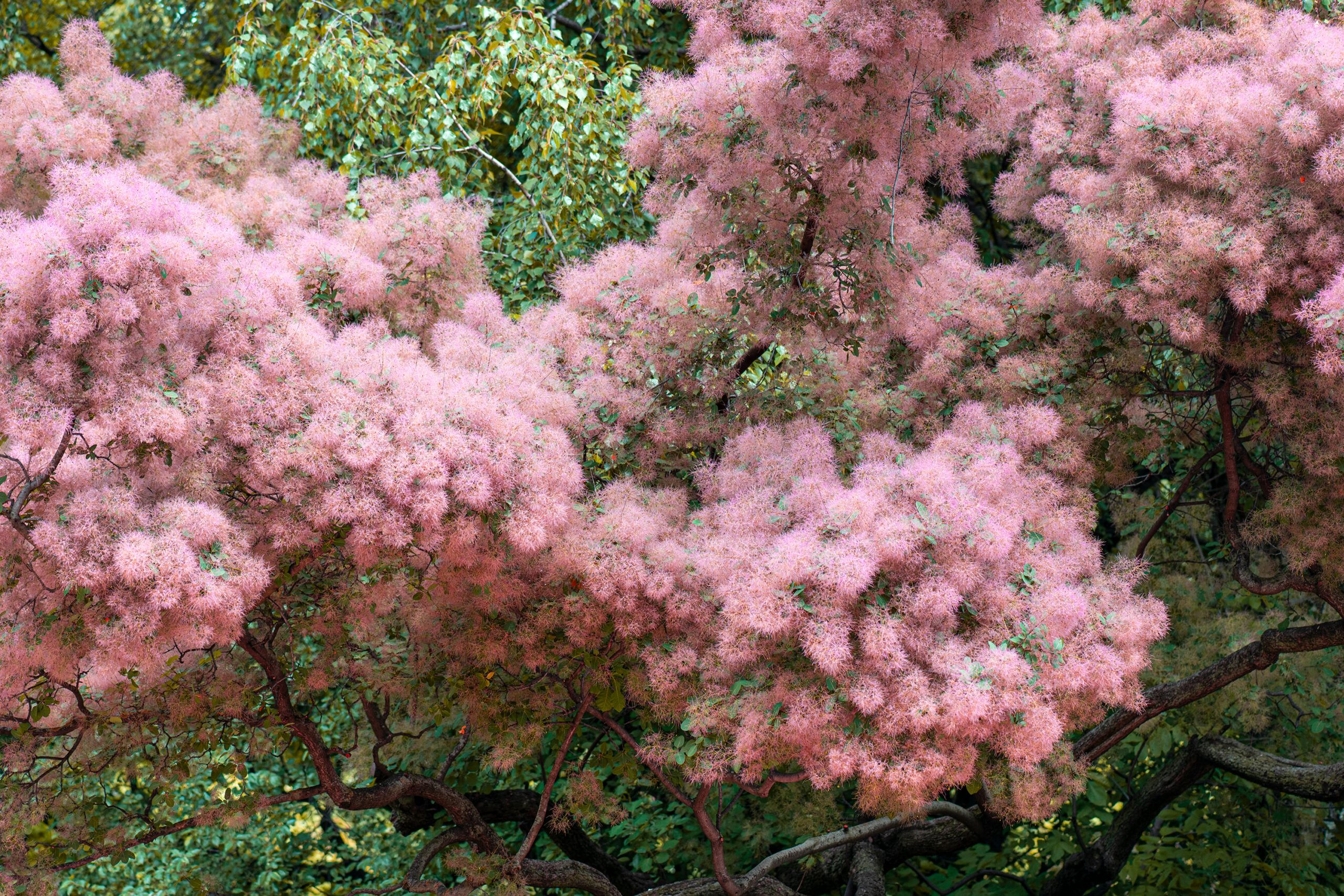
Why it’s a standout: Also known as a smoke tree, this alternative stands out for its smoke-like plumes and clusters of bright pink and purple flowers. When mature, it can grow as tall as 15 feet.
What it needs: Full sun, well-drained soil, and weekly watering
Zones: 4–9
Problem Plant: Scotch Broom
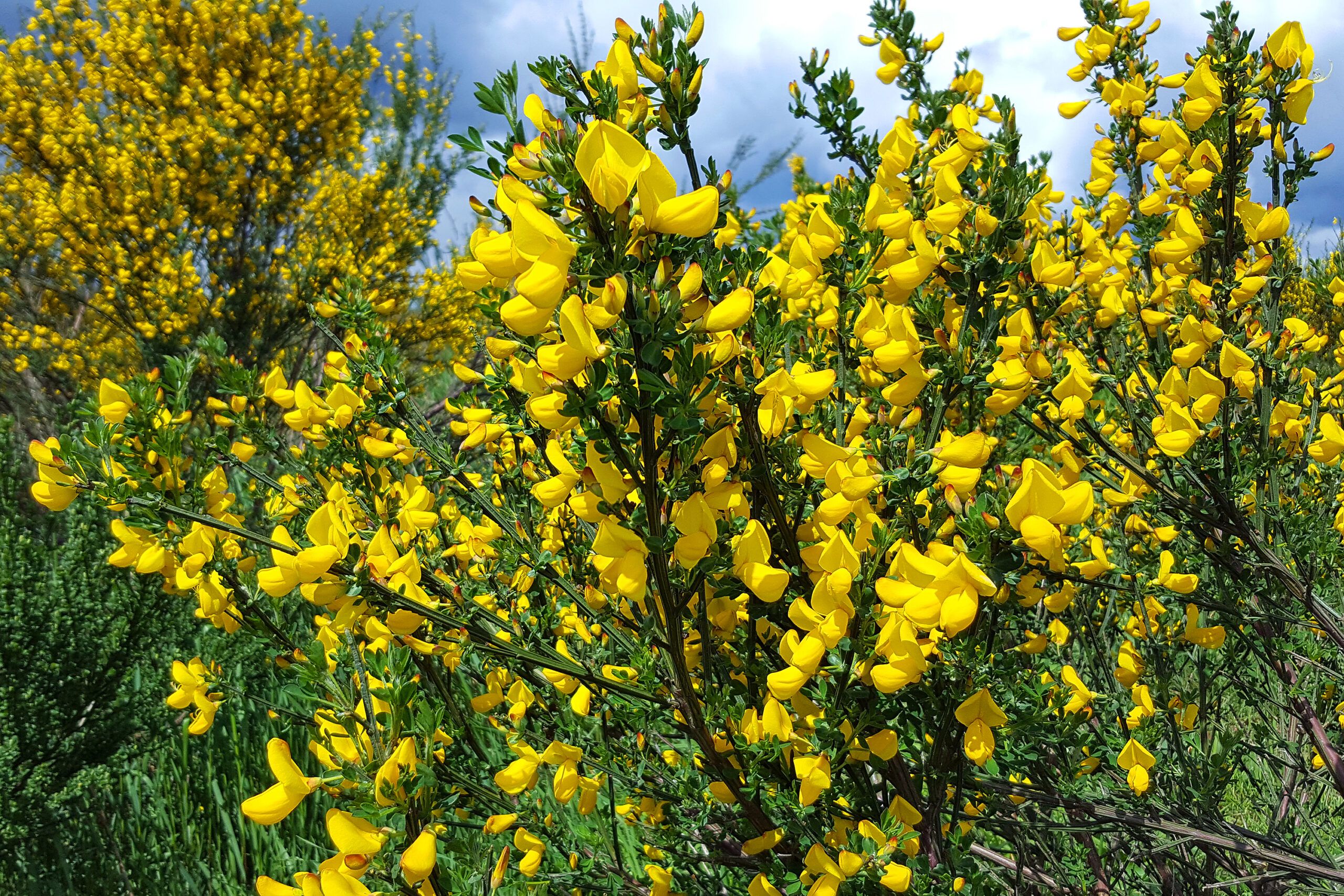
Why it’s popular: Fragrant spring flowers and fine-textured foliage
Where it’s trouble: California, Connecticut, Idaho, Maryland, Massachusetts, Montana, New Jersey, New York, North Carolina, Oregon, Pennsylvania, South Carolina, Tennessee, Virginia, Washington
Scotch Broom Alternative: Vernal Witch Hazel
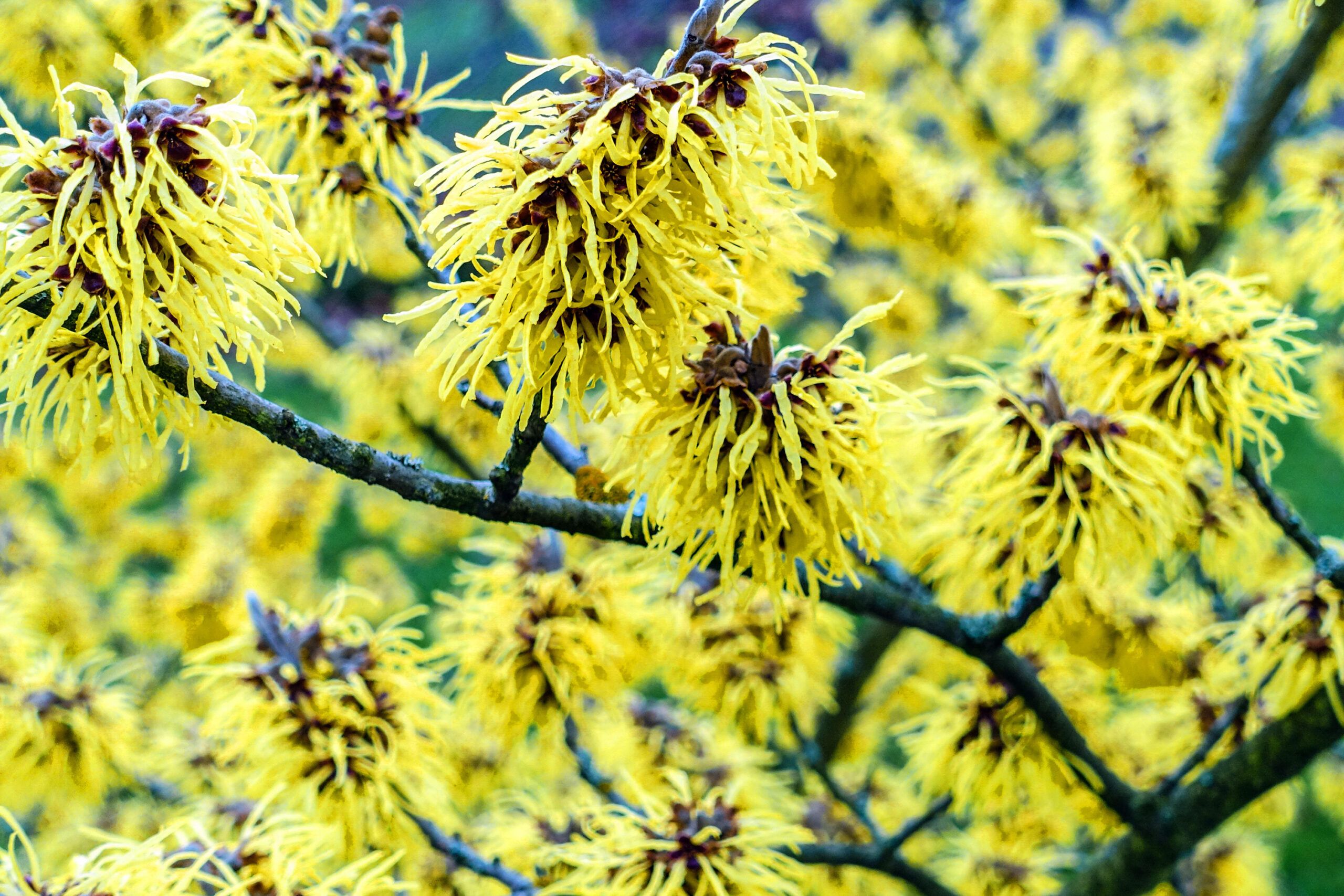
Why it’s a standout: Witch hazel is legendary for its spicy-scented flowers, but this species blooms earlier and longer than most, sporting bicolor flowers from late winter to early spring. In summer, its green foliage meshes well with other plants and then takes center stage in fall, turning a brilliant yellow. This shrub grows 6–10 feet tall but accepts pruning readily.
What it needs: Full sun to partial shade and average to moist, well-drained, acidic soil
Zones: 4–8
Problem Plant: Shrub Honeysuckle
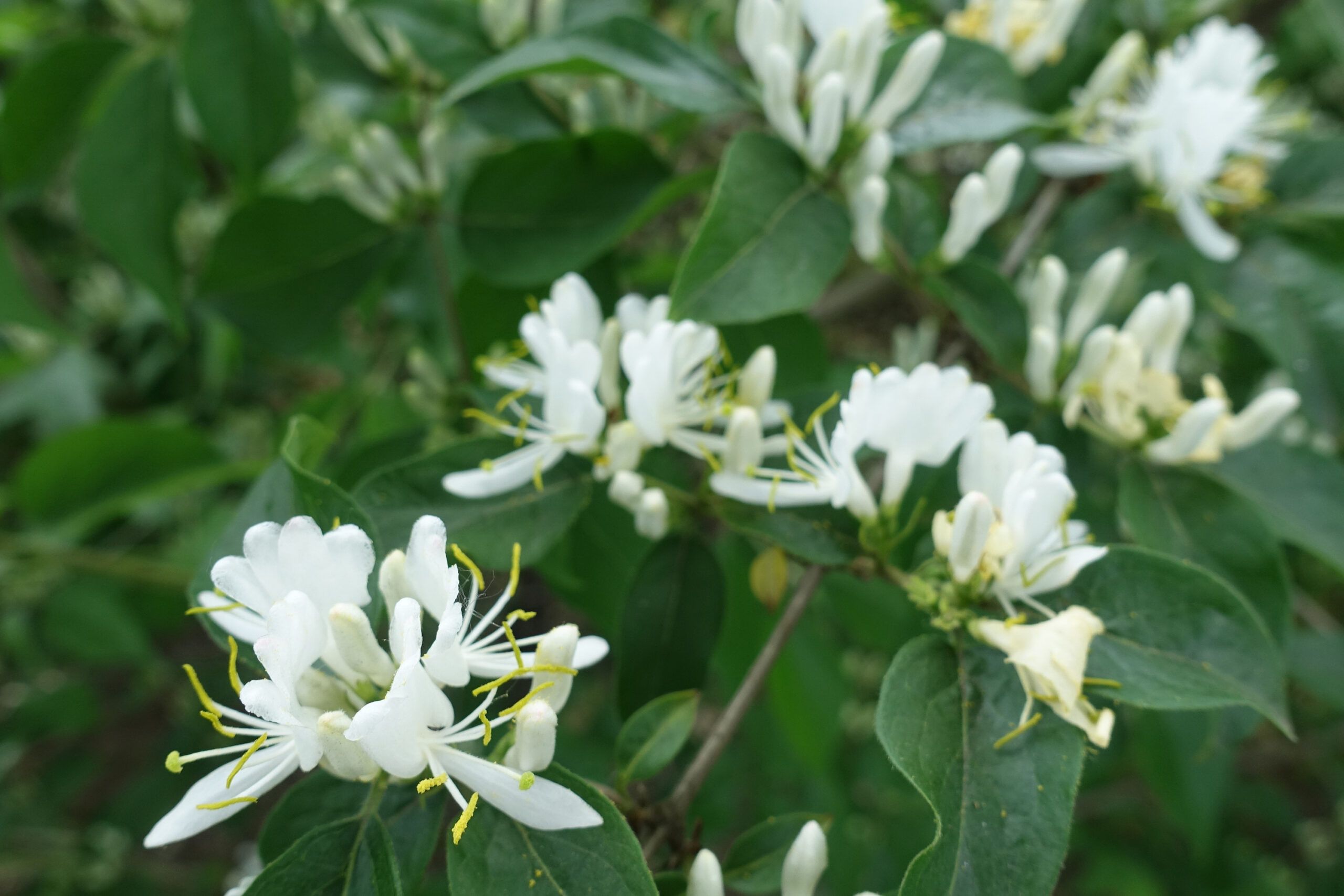
Why it’s popular: Fragrant spring flowers, followed by red fruit
Where it’s trouble: Connecticut, Illinois, Indiana, Iowa, Maine, Maryland, Massachusetts, Michigan, Minnesota, Montana, Nebraska, New Hampshire, New Jersey, New York, North Dakota, Ohio, Pennsylvania, Rhode Island, Utah, Vermont, Washington, West Virginia, Wisconsin, Wyoming
Shrub Honeysuckle Alternative: Mock Orange
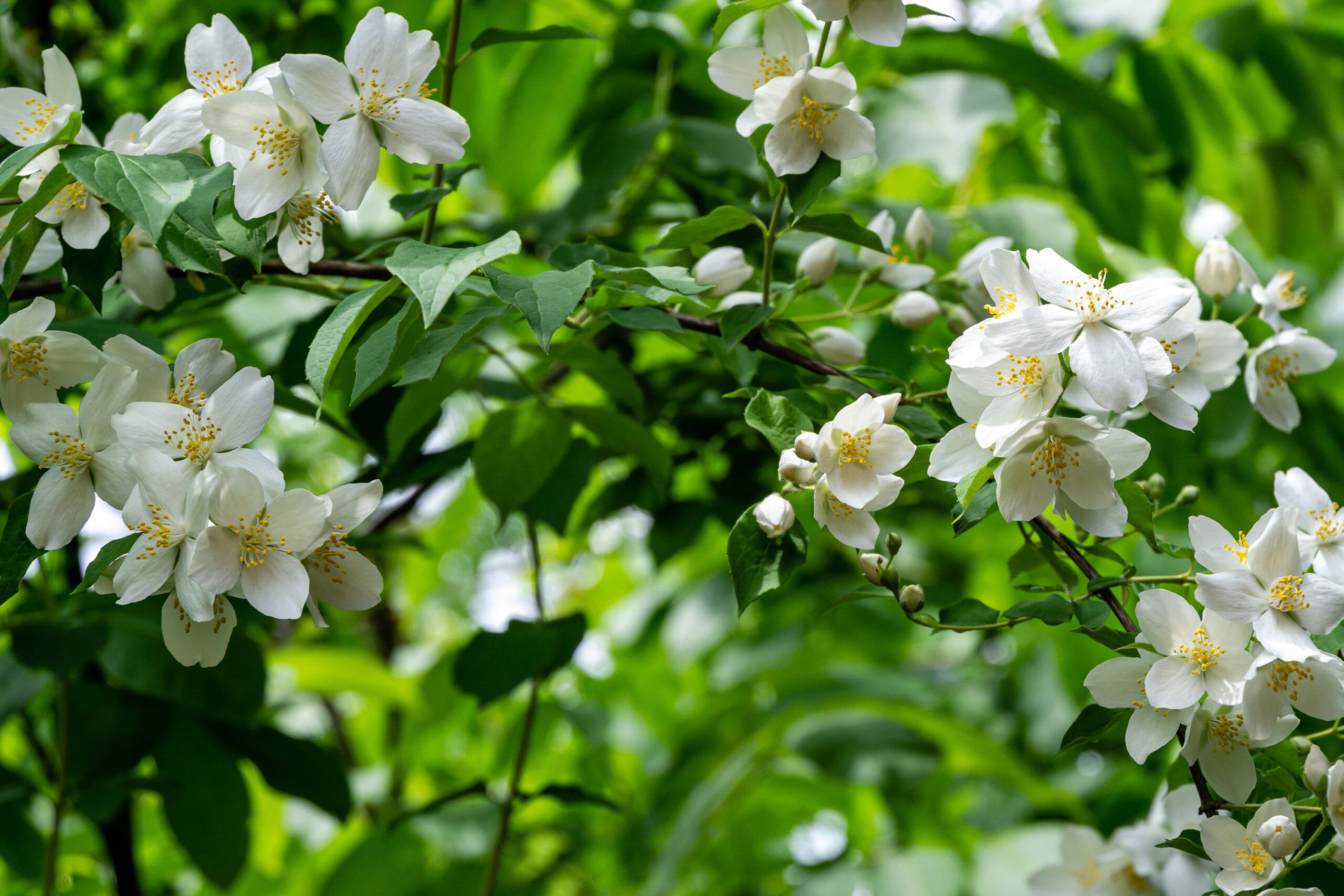
Why it’s a standout: Mock orange’s white spring flowers are a favorite for butterflies and have a delicious citrus scent. This shrub also boasts pretty peeling bark, which you can show off by pruning out a few lower limbs. Varieties can grow up to 10 feet tall, but for smaller gardens, try Miniature Snowflake, a double-flowered cultivar that stands just 3 feet tall.
What it needs: Full sun to partial shade and average, well-drained soil
Zones: 4–8
More Common Invasive Plants To Avoid
Many popular garden plants have earned a reputation as invasive species. Here are more common offenders gardeners should avoid:
- English Ivy (Hedera helix): Popular for its evergreen foliage and ability to cover walls and ground, it can spread aggressively and suffocate native plants.
- Japanese Knotweed (Fallopia japonica): This plant is valued for its bamboo-like appearance and rapid growth, but it can damage foundations and native habitats.
- Purple Loosestrife (Lythrum salicaria): Known for its attractive purple flowers, it invades wetlands and displaces native flora and fauna.
- Norway Maple (Acer platanoides): This maple creates dense canopies that hinder the growth of understory plants.
- Japanese Barberry (Berberis thunbergii): Barberry is known for its colorful foliage and deer resistance, though it can dominate forest understories and alter soil chemistry.
- Yellow Flag Iris (Iris pseudacorus): Favored for its bright yellow flowers and water filtration properties, it invades wetlands and waterways, displacing native species.
- Garlic Mustard (Alliaria petiolata): This variety was introduced for its edible qualities and medicinal uses, but it spreads quickly in forests, disrupting native plant communities.
- Wisteria (Wisteria sinensis, Wisteria floribunda): Though beautiful, wisteria can aggressively climb and smother trees and shrubs.
How To Identify and Remove Existing Invasive Plants
If you suspect you have invasive plants in your garden, it’s important to identify and remove them properly to prevent further spread.
Identification Techniques
To identify invasive plants, learn the characteristics of common invasives in your area. You can use plant identification apps or consult local extension offices for help. Look for aggressive growth patterns or plants that seem to be taking over an area. Check your state’s invasive species list for known problematic plants.
Safe Removal Methods
Wear protective clothing when removing plants, including gloves, boots, and long sleeves. Remove the entire plant, including the roots, to prevent regrowth. Bag and dispose of invasive plants properly—don’t compost them. For large infestations, consider hiring a professional removal service. Monitor the area for regrowth and remove any new sprouts promptly.
Preventing the Spread of Invasive Species
Prevention is key in the fight against invasive plants. By adopting best practices and educating others, we can help protect our local ecosystems.
Best Practices for Gardeners
Here are some tips to avoid spreading invasive plants:
- Research plants before purchasing to ensure they’re not invasive in your area.
- Choose native plants for your garden.
- Avoid collecting seeds or plants from the wild without proper knowledge and permission.
- Clean gardening tools and shoes after working in areas with known invasives.
- Dispose of yard waste properly to prevent accidental spread of invasive seeds.
Community Efforts and Education
Community involvement is crucial in combating invasive species. Participate in local invasive plant removal events. Share information about invasive plants with neighbors and fellow gardeners. Support local initiatives that promote native plant use and habitat restoration. Encourage local nurseries to stock native plants and phase out known invasives.
Our Conclusion
As you plan your next gardening project, consider the long-term impact of your plant choices. By selecting native species and avoiding invasives, you’ll contribute to the health of your local environment while enjoying a vibrant, thriving garden. Remember, every garden has the potential to be a small but significant sanctuary for native flora and fauna.
